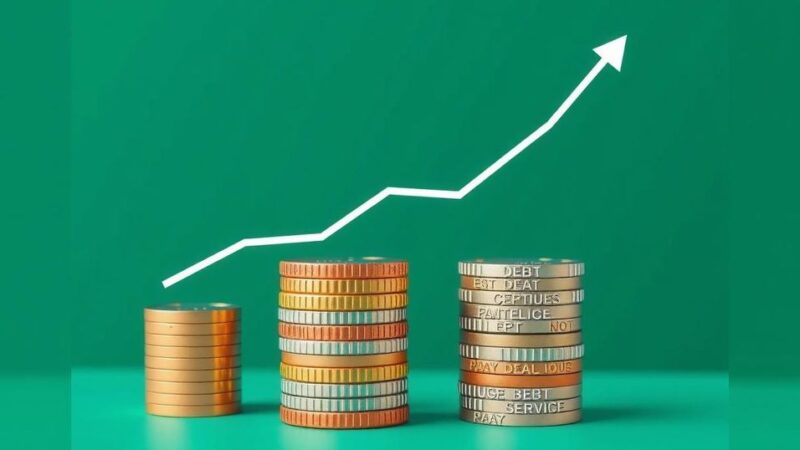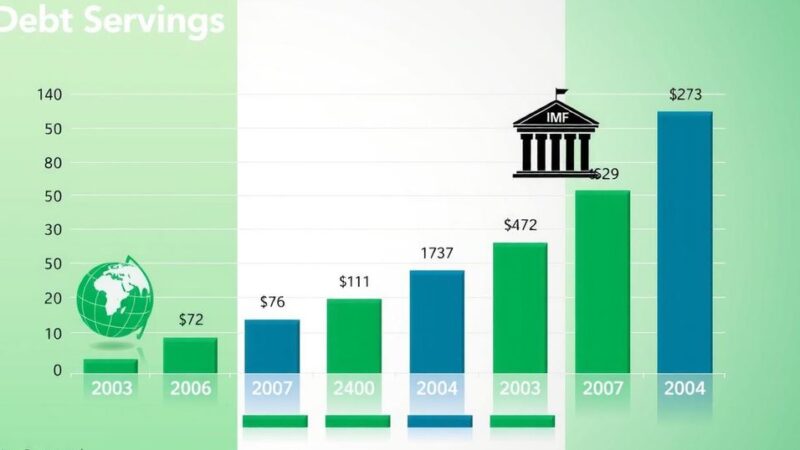Nigeria’s inflation rate dropped to 23.18% in February, down from 24.48% in January. Year-on-year, it was 8.52% lower than the previous year. Food inflation decreased significantly to 23.51%, while urban and rural inflation also fell. The state-level data reveals variations in inflation rates across regions.
The National Bureau of Statistics (NBS) reported that Nigeria’s inflation rate declined to 23.18% in February, a drop from 24.48% in January. This marks an 8.52% decrease compared to the 31.70% inflation rate recorded in February 2024. The Consumer Price Index (CPI) reflects these changes, indicating a month-on-month inflation of 2.04% for February.
Food inflation saw a significant reduction, falling by 14.41% to 23.51% in February from 37.92% a year prior. This decline is attributed to a change in the base year due to the recent rebasing of the CPI from 2009 to 2024. Month-on-month, the food index rose by 1.67%, and the annual average rate over the last twelve months was 34.74%, compared to 30.07% a year earlier.
Additionally, core inflation, which excludes volatile agricultural and energy prices, decreased by 2.12% to 23.01% year-on-year in February, down from 25.13% in February 2024. For this month, the month-on-month core index was recorded at 2.52%, resulting in a 12-month average annual inflation rate of 25.33%. Various sectors contributed to inflation, with food and non-alcoholic beverages playing a significant role.
Urban inflation fell to 25.15% year-on-year from 33.66%, with a month-on-month rate of 2.40%. Rural inflation also decreased to 19.89% from 29.99%, exhibiting a month-on-month index of 1.16%. State-level analysis shows the highest headline inflation in Edo (33.59%), Enugu (30.72%), and Sokoto (30.19%), whereas Kaduna, Akwa Ibom, and Plateau experienced lower inflation rates.
Food inflation remained highest in Sokoto (38.34%), Edo (35.08%), and Nasarawa (33.53%). Conversely, states like Adamawa, Ondo, and Oyo recorded the slowest increases. On a month-to-month basis, Sokoto again led food inflation with a rate of 18.83%, while states such as Ondo, Kaduna, and Oyo saw declines in food prices.
In conclusion, the recent data from the NBS reveals a notable decline in Nigeria’s inflation rate, primarily driven by decreases in food prices and core inflation. The month-on-month rates indicate ongoing fluctuations in specific sectors, with urban and rural areas also showing improvements. These insights are critical for understanding the economic landscape and for policymakers addressing inflationary pressures in the country.
Original Source: www.arise.tv






